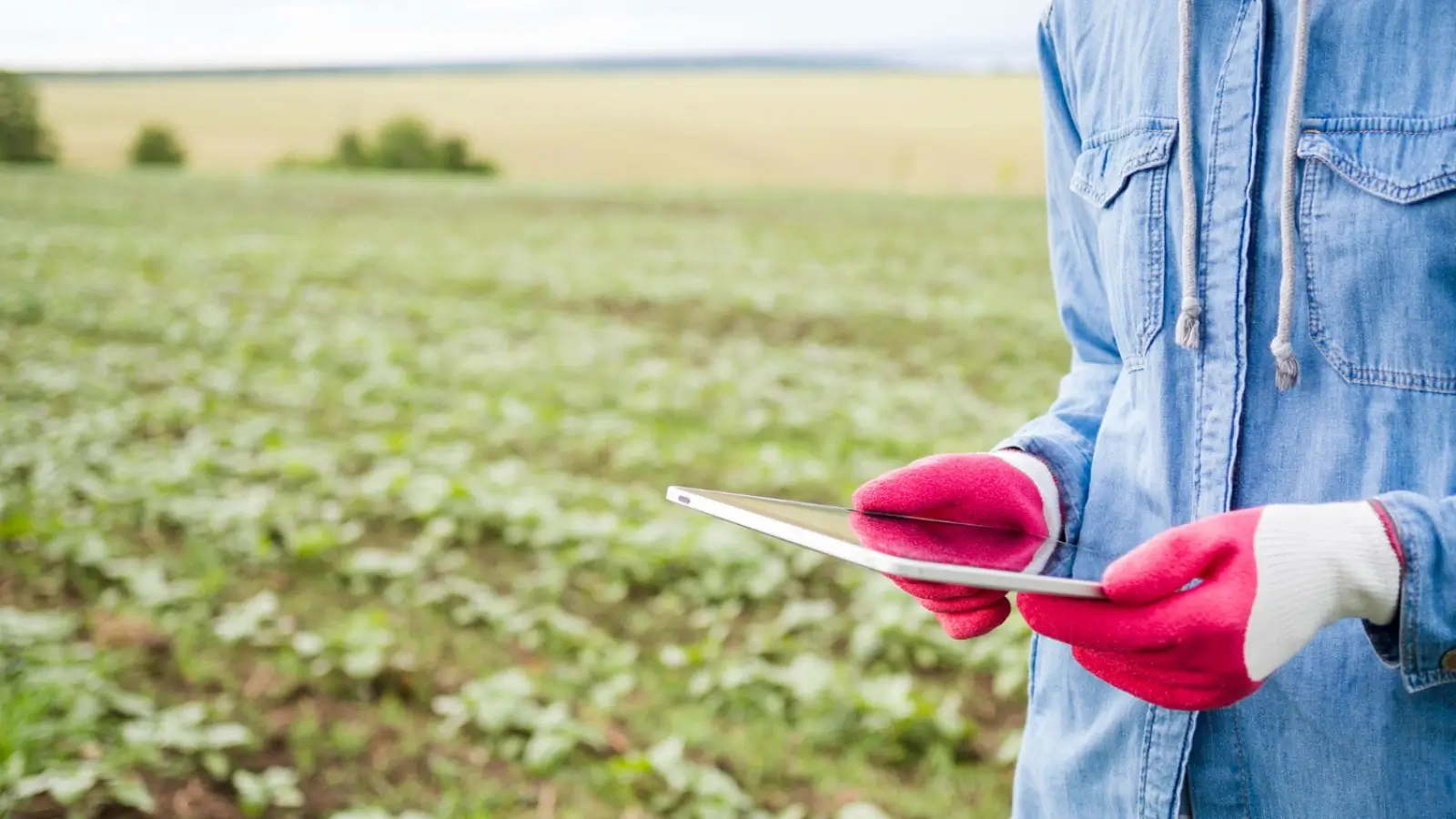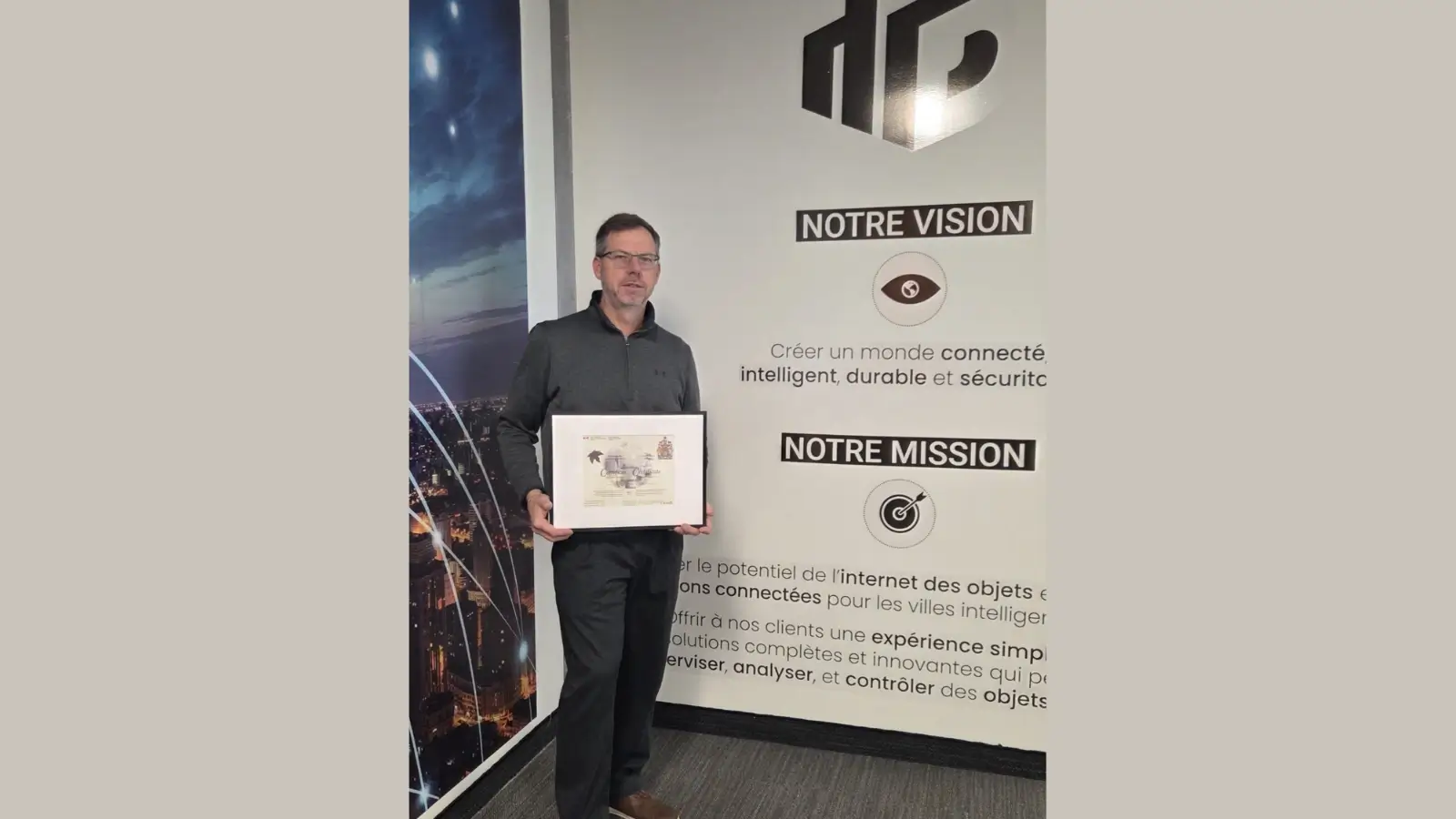The agricultural industry is undergoing a significant transformation, driven by the advent of new technologies that offer unprecedented opportunities for innovation and efficiency. Among these, the Internet of Things (IoT) and satellite technology are at the forefront of the smart farming revolution.
Smart farming refers to the application of modern information and communication technologies (ICT) into agriculture, leading to what can be referred to as the Third Green Revolution. Following the plant breeding and genetics revolutions, this third iteration of agricultural advancement utilises IoT and satellite technology to enable more efficient and controlled agricultural production.
The Role of IoT in Smart Farming
One of the most talked-about integrations in the agricultural sector is the IoT in agriculture. IoT is essentially a network of interconnected devices that can collect, exchange, and act on data. In the context of farming, IoT devices can include a wide array of sensors, autonomous vehicles, drones, and wearable devices for livestock. These devices provide farmers with detailed insights into their operations, allowing for more informed decision-making.
IoT technology is revolutionising the way farmers monitor crop health, track livestock, manage resources, and even predict future environmental conditions. With the ability to collect real-time data on soil moisture, nutrient levels, and weather patterns, farmers can optimise irrigation, reduce waste, and increase overall yields. Additionally, IoT applications can monitor the health and wellbeing of livestock, leading to higher productivity and improved animal welfare.
Satellite Technology Enhancing Precision Agriculture
Satellite technology has also been pivotal in the evolution of precision agriculture. It provides critical data and imagery that enable farmers to gain a comprehensive view of their land from above, revealing variation in conditions across fields that might not be apparent from the ground level.
This bird's-eye perspective is crucial for precise crop monitoring, land mapping, and variable-rate input application. Farmers can use data gleaned from satellite imagery to determine the exact amount of inputs, such as fertilisers or pesticides, needed in different areas of their fields. Consequently, this not only makes agricultural practices more cost-efficient but also mitigates adverse environmental impact.
Impact on Sustainability
The integration of IoT and satellite technology in farming practices is key to promoting sustainability in agriculture. By providing precise information and analysis, smart farming enables a more judicious use of resources, which not only preserves the environment but also reduces the carbon footprint associated with farming.
With more precise irrigation systems and fertilisation techniques enabled by technology, farmers can minimise water usage and reduce chemical runoff into nearby ecosystems. Satellite monitoring can also guide conservation efforts, allowing farmers to identify and protect vulnerable areas of their land.
The Economic Benefits for Farmers
Beyond the environmental benefits, the amalgamation of IoT and satellite technologies in agriculture presents significant economic advantages. Increased efficiency translates to cost savings on water, energy, and inputs. Moreover, higher crop yields and better livestock management outcomes lead to greater profitability.
Farmers who adopt smart farming techniques are also better positioned to respond to market demands, as they can rapidly adjust practices to changing environmental conditions or consumer preferences. In an increasingly competitive and volatile market, the ability to adapt swiftly can be a substantial boon for the farming business.
Challenges and the Path Forward
Despite the evident benefits, the transition to smart farming does not come without challenges. High initial investment costs, the need for technical expertise, and concerns over data security are a few hurdles that need to be addressed to facilitate widespread adoption.
As technology advances and becomes more accessible, these obstacles are likely to diminish. Industry stakeholders, including IoT and satellite technology providers, are also working towards creating more user-friendly, cost-effective solutions suited to various farming scales, from smallholdings to large agribusinesses.
Conclusion
The agricultural sector is at a pivotal moment, where embracing new technologies is not just beneficial but imperative to maintaining competitiveness and sustainability. Technologies such as IoT and satellite systems stand at the vanguard of this transformation, offering tools that can immensely improve agricultural practices. Through the adept implementation of these innovations, farmers around the world are becoming more capable of feeding an ever-growing population while safeguarding the environment for future generations.
In this rapidly progressing era of smart agriculture, it's exciting to envision what the next chapter holds for the industry. As we continue to explore these opportunities, the promise of more efficient, responsive, and sustainable farming through the integration of IoT in agriculture, complimented by other advanced technologies such as satellite imaging, becomes ever more tangible.
Undoubtedly, the convergence of IoT and satellite technology in agriculture is paving the way for a brighter, greener, and more productive future in farming. Stakeholders across the sector are called upon to contribute in whatever capacity they can, ensuring global food security and environmental sustainability for generations to come.















